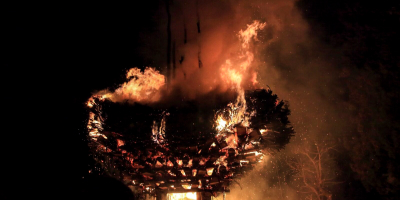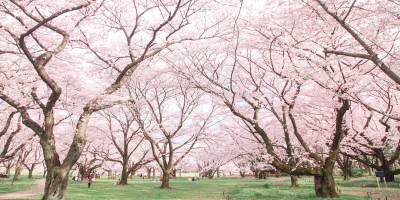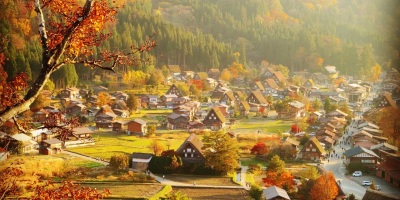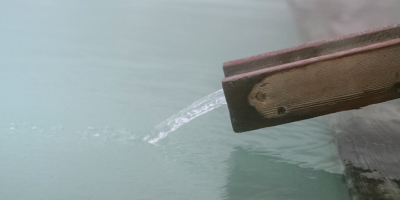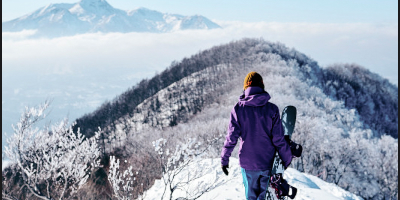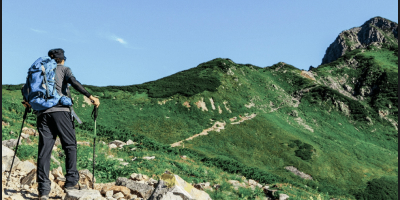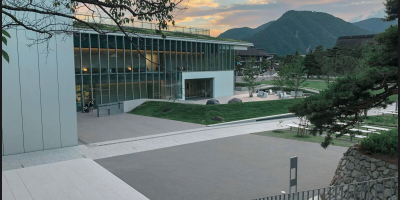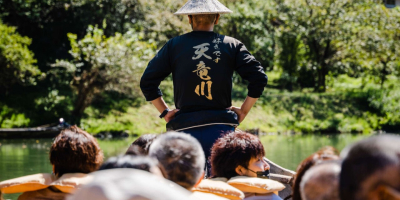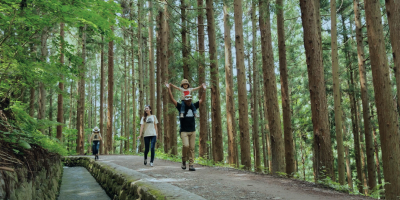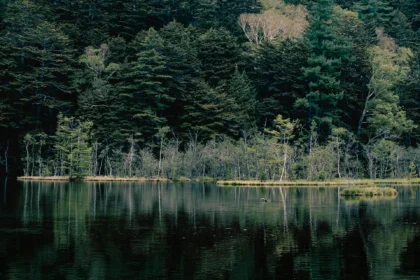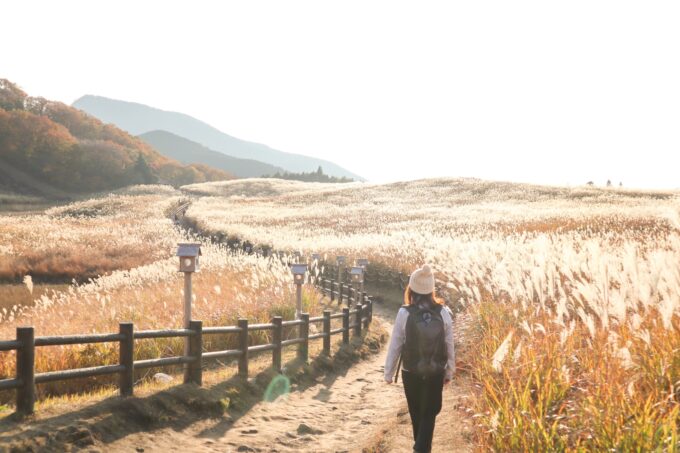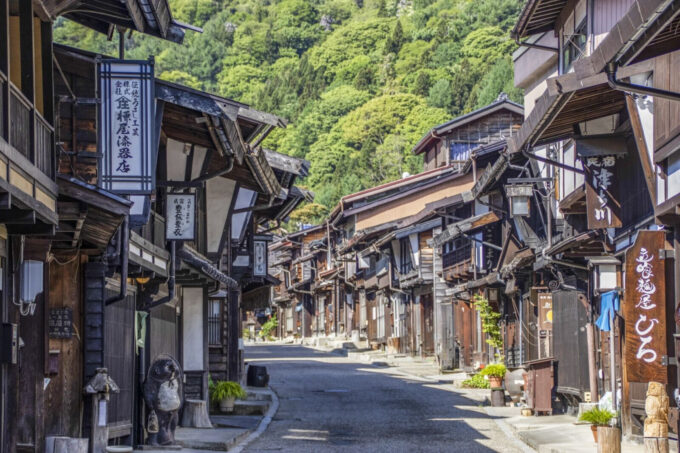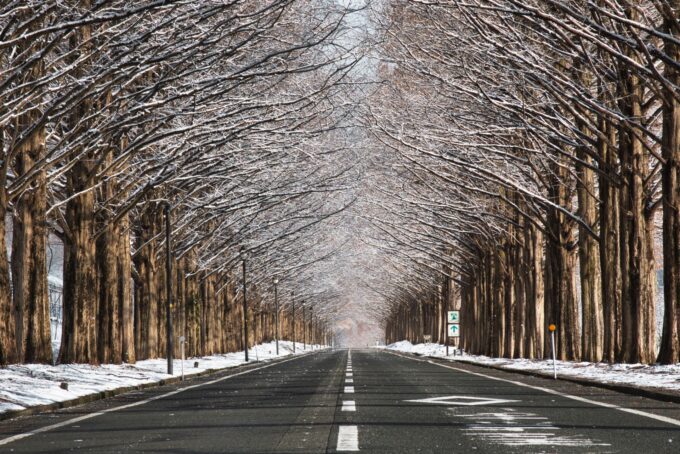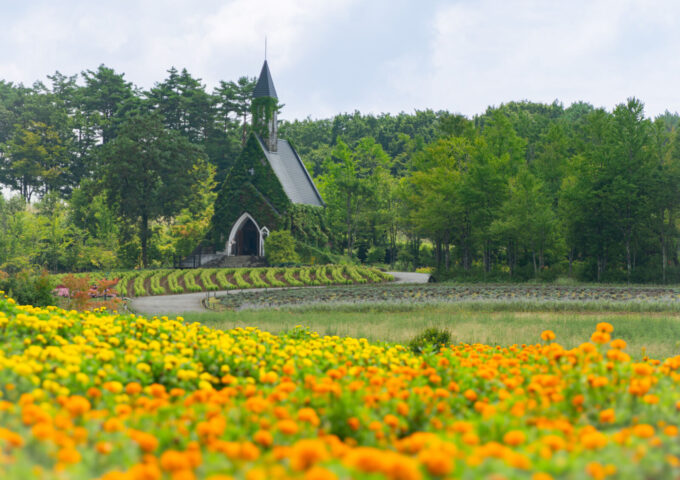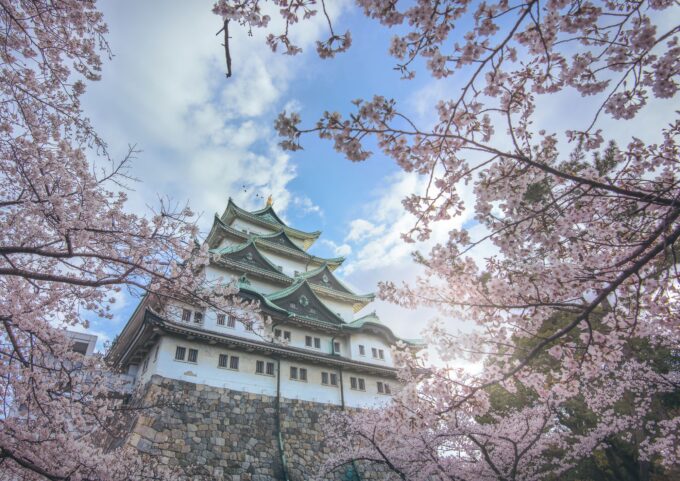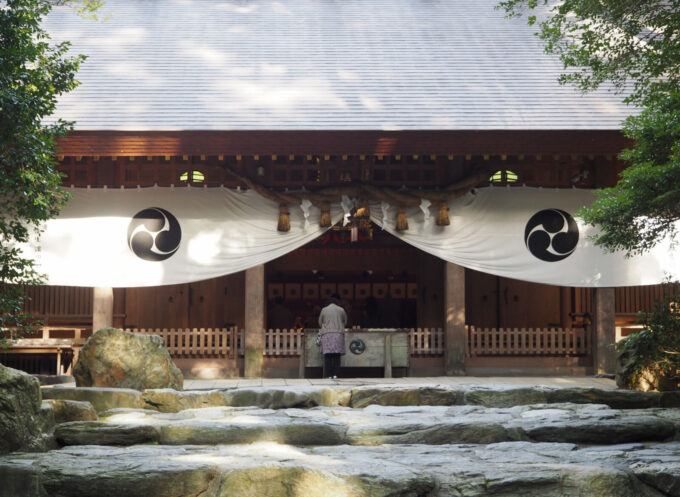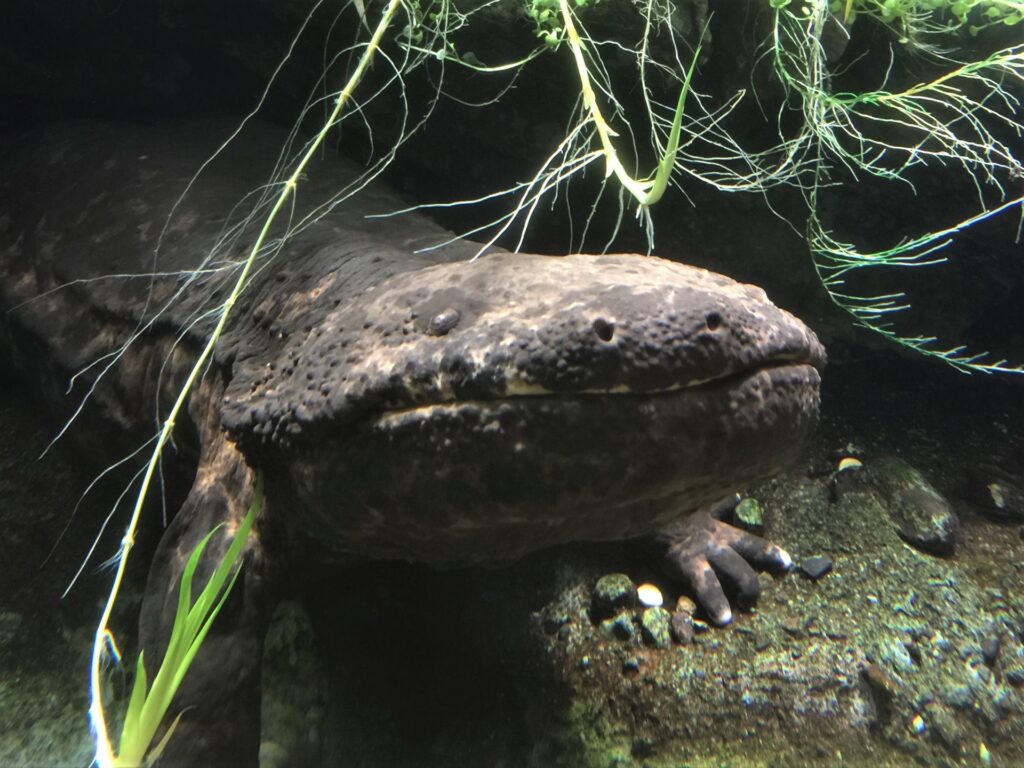
Nestled within the lush valley of the Muro-Akame Aoyama Quasi-National Park, the Japan Giant Salamander Center offers a rare opportunity to connect with one of the world's largest and most elusive amphibians.
Situated along the scenic Akame 48 Waterfalls trail, this center is dedicated to preserving and showcasing the Japanese giant salamander (Andrias japonicus), a protected species and a Natural Treasure of Japan.
A Closer Look at Japan’s Living Fossil
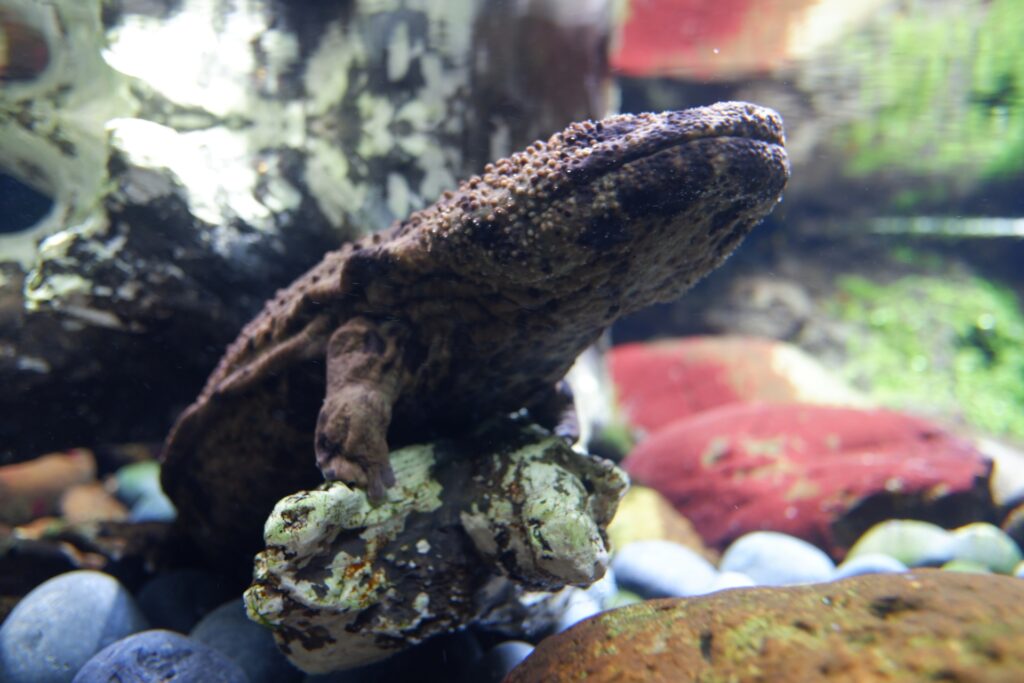
- Home to the endangered Japanese giant salamander, one of the largest amphibians in the world
- Species can grow up to 1.5 meters in length and live for over 50 years
- Designated a Special Natural Monument of Japan
- Part of ongoing efforts in habitat preservation and species conservation
The Japanese giant salamander is often called a “living fossil” due to the species remaining relatively unchanged for over 30 million years.
Exploring the Akame 48 Waterfalls
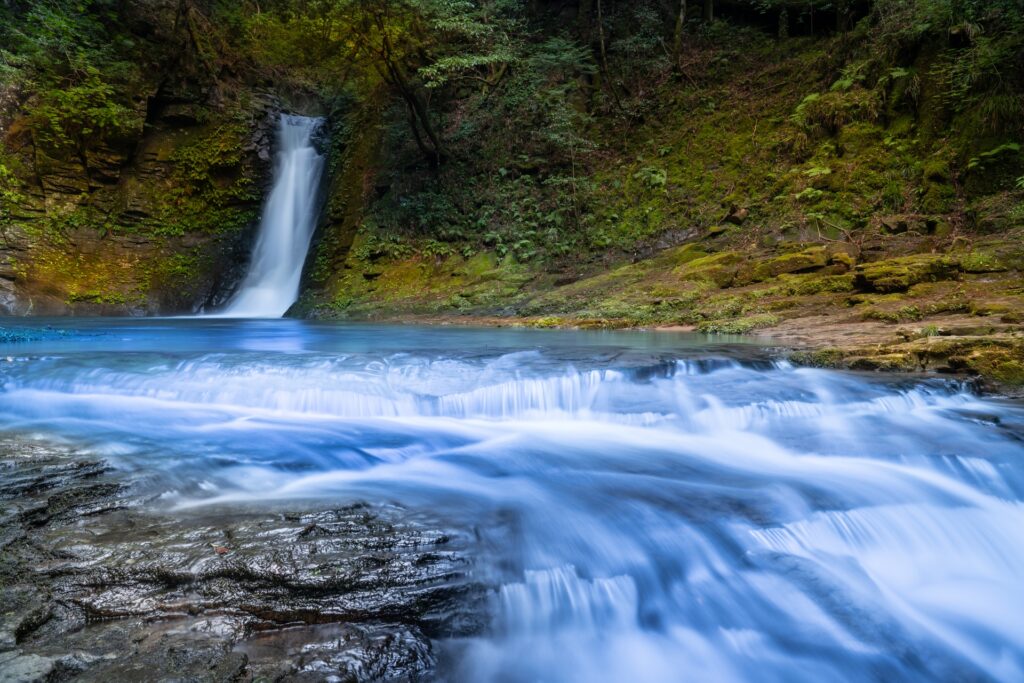
These gentle giants thrive in cold, clean, oxygen-rich streams, making the Akame Valley an ideal habitat. While sightings in the wild are rare, the center provides the next best opportunity to appreciate their scale, behavior, and importance in Japanese culture and ecology.
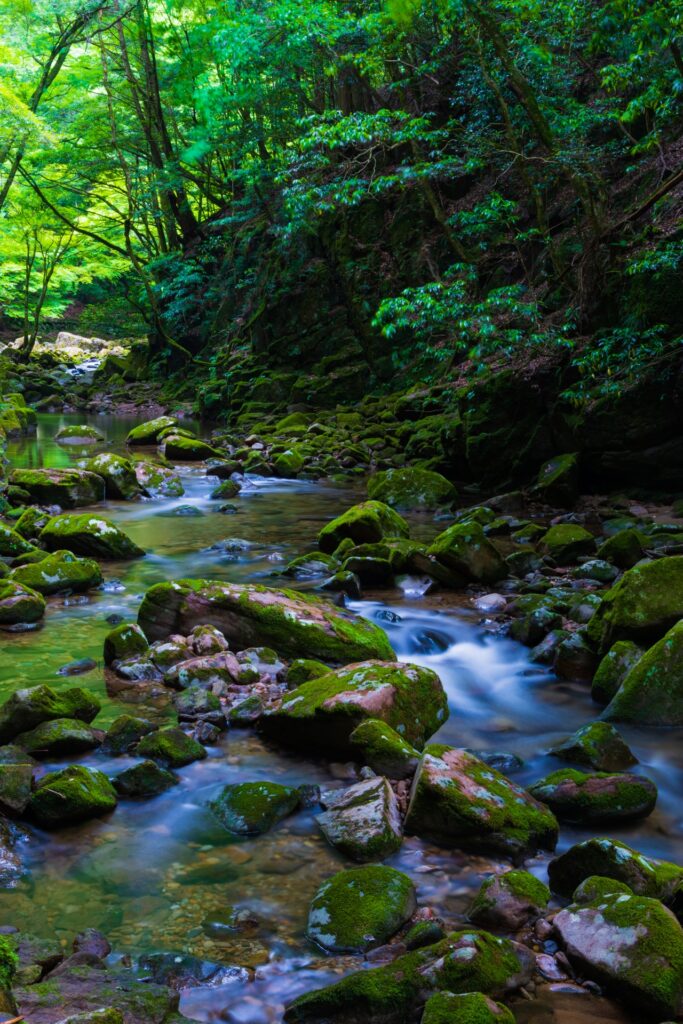
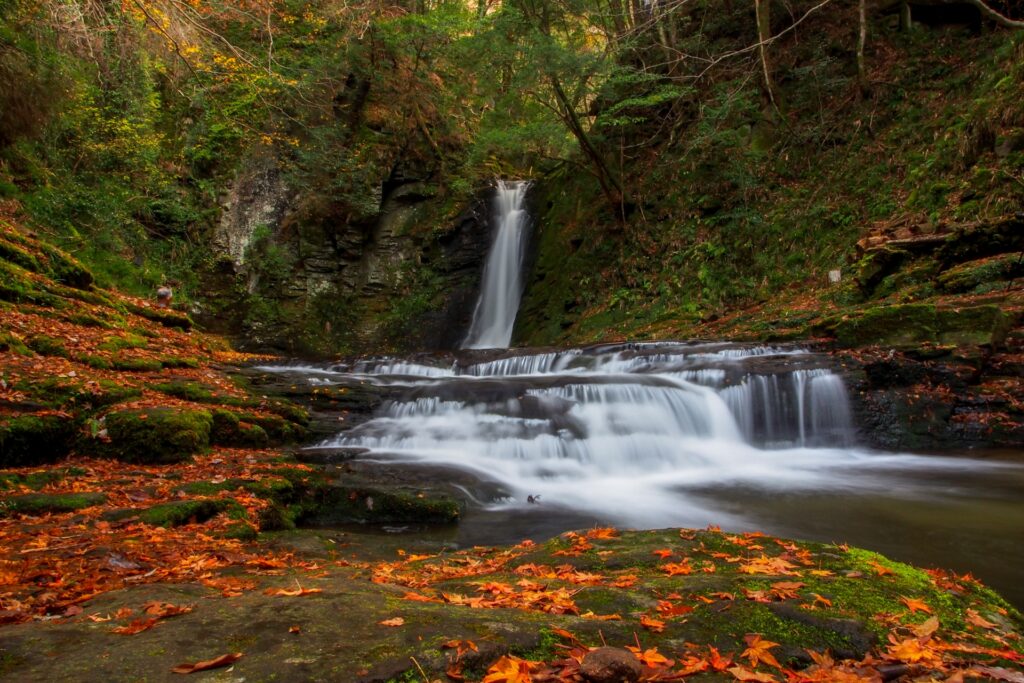
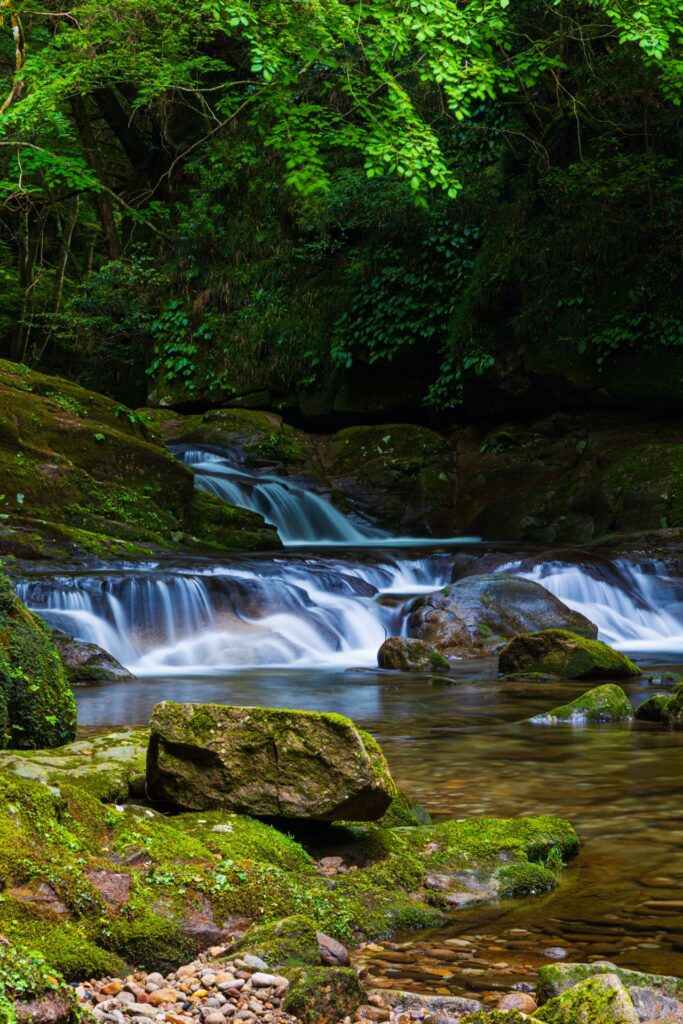
The Akame 48 Waterfalls trail itself is a stunning 4-kilometer journey through a cool, shaded ravine, dotted with crystal-clear streams and a rich diversity of plant life. The area is known for its breathtaking autumn foliage and serves as a habitat for rare mosses and endangered plants. But it is the giant salamanders that are the real stars here. These magnificent creatures, which can grow up to 1.5 meters in length, are an awe-inspiring sight to behold in their natural habitat. Their gentle, slow-moving nature makes them a perfect fit for the peaceful environment of the waterfalls.
Recommended Tour: Take an unforgettable journey into one of Japan’s most stunning and ecologically diverse regions with Snow Monkey Resort's 1-Day Tour from Nagoya: Soni Highlands Eco-Adventure & Giant Salamanders.
Not only will you discover the majestic, natural beauty of Central Japan and the Muro Akame Aoyama Quasi-National Park, but you’ll also contribute to the preservation of this exceptional landscape—ensuring that it remains a safe haven for wildlife and future explorers alike.
Conservation Through Education
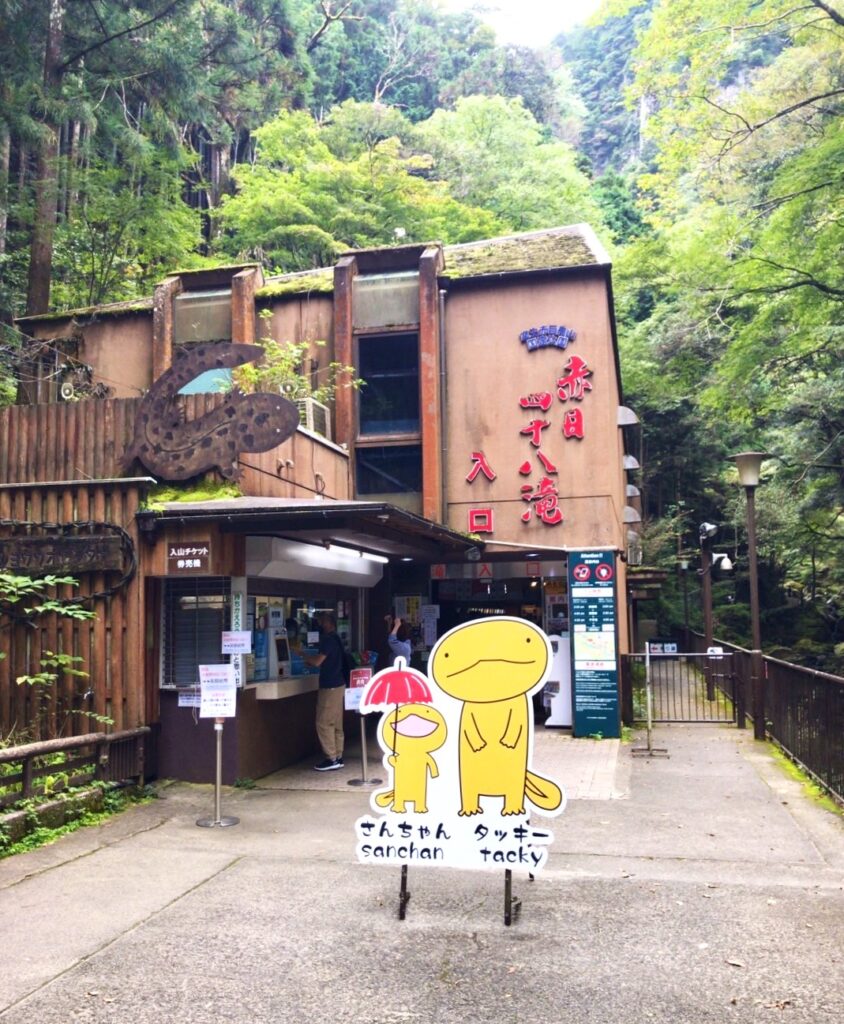
At the Japan Giant Salamander Center, visitors can learn about the salamander's biology and behavior, along with conservation efforts to help these creatures survive. You might even be lucky enough to catch a glimpse of the salamanders in the wild, swimming gracefully through the cool, clear waters between spring and autumn.

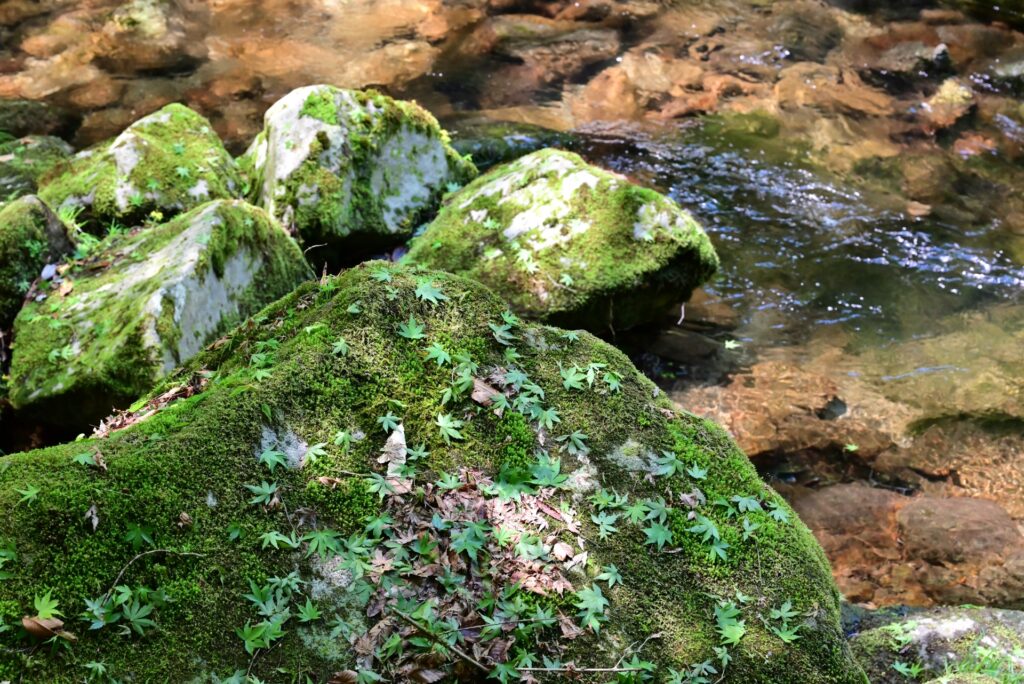
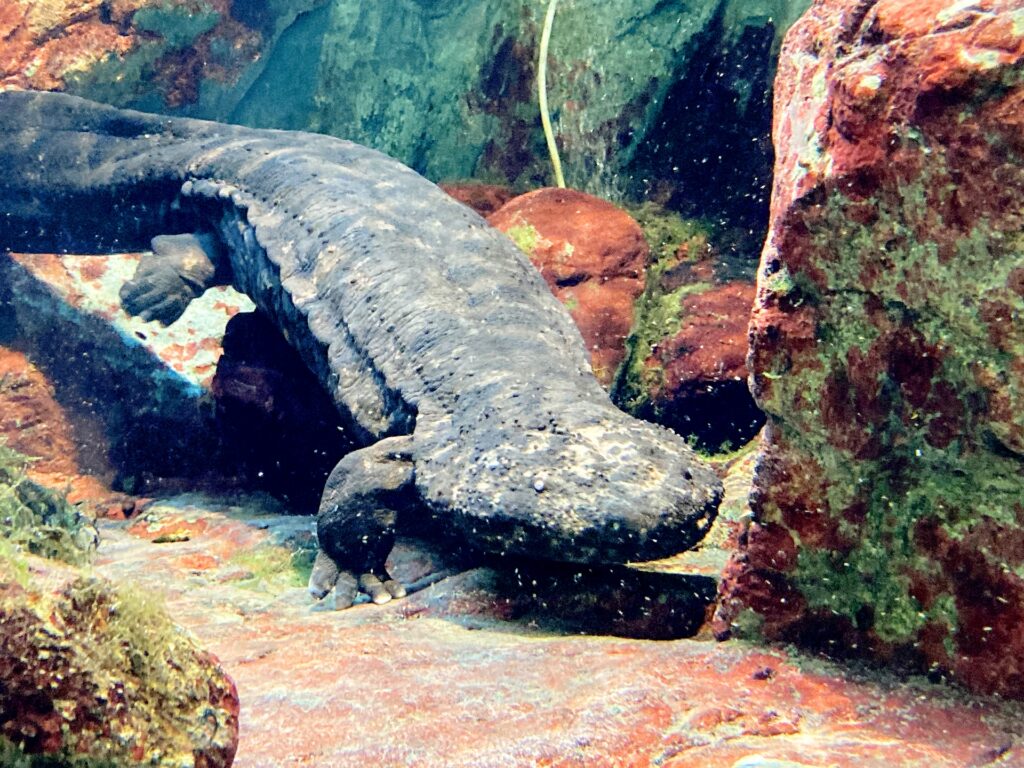
The center also emphasizes the importance of preserving the salamander's environment, which is threatened by habitat fragmentation, pollution, and other environmental stresses. A visit here not only offers a fascinating look at one of Japan's most iconic species but also contributes to supporting conservation initiatives aimed at safeguarding these gentle giants for future generations.
Frequently Asked Questions (FAQ)
What is the Japanese giant salamander?
It’s one of the largest amphibians in the world, growing up to 1.5 meters long. Endemic to Japan, it has remained evolutionarily unchanged for millions of years and is protected as a Special Natural Monument.
Can I see salamanders in the wild?
Yes, especially between spring and autumn. However, sightings are rare. The center provides guaranteed viewing opportunities.
How much time should I plan for a visit?
Most visitors spend 20 minutes at the center, and an additional 2 hours to hike the Akame trail.
Is the center family-friendly?
Yes! Exhibits are educational and engaging for all age groups, and young children often enjoy the interactive displays.
Is the Japan Giant Salamander Center wheelchair accessible?
The center building is accessible, but the Akame 48 Waterfalls trail has uneven and natural terrain, making it less suitable for wheelchairs.
Additional Tips
- Visit in Spring or Autumn for the best chance to see salamanders in both the wild and at the center.
- Pack a light rain jacket or poncho—the valley is often misty or damp.
- Bring binoculars or a camera with zoom to spot wildlife along the trail.



